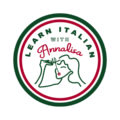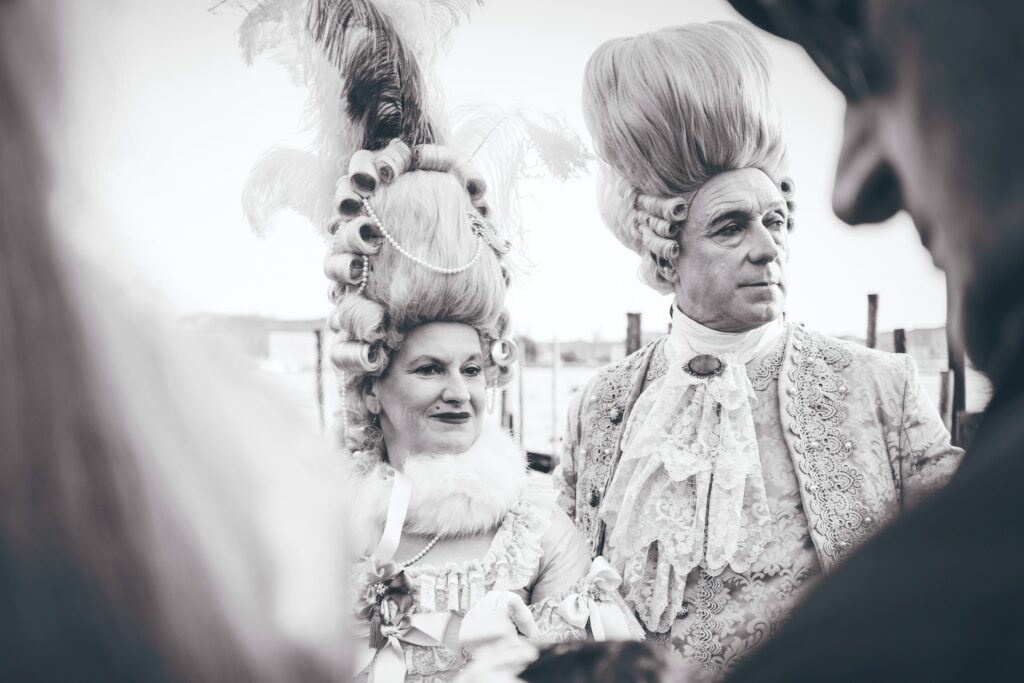Discovering the Rich History of the Venice Carnival
The Venice Carnival, known for its elaborate costumes, masked balls, and street performances, is one of the world’s most famous celebrations. But how did this grand celebration come to be? In this article, we will delve into the fascinating history of the Venice Carnival, exploring its roots from the 11th century to the present day.
Table of Contents
The Origins of the Venice Carnival
The Venice Carnival has a rich history, with its roots tracing back to the 11th century. At that time, the celebration was used as a way for Venetians to mark the start of Lent, the period of fasting and reflection leading up to Easter. In the early days of the carnival, the celebrations consisted of street performances, masquerade balls, and feasts. One notable event from the early Venice Carnival was the “Masks of the Serenissima,” a masquerade ball held at the Doge’s Palace in the 14th century. During this event, participants would don intricate masks and costumes and take part in parades and public performances.
Another popular event from the early Venice Carnival was the “Festa delle Marie”, named after the Doge’s brides, which was held in the 16th century. During this celebration, Venetian brides would parade through the streets accompanied by musicians and performers. And would participate in masquerade balls and public performances. As the years went by, the Venice Carnival grew in popularity and became more elaborate, with masked balls and costumes becoming increasingly ornate. By the 18th century, the Venice Carnival had become a major event, attracting visitors from all over Europe and beyond.
The Golden Age of the Venice Carnival
The 18th century marked the height of the History of the Venice Carnival’s popularity. During this time, elaborate masked balls and costumes became the norm. The carnival was known for its over-the-top celebrations. Masked revelers took to the streets in elaborate costumes, taking part in parades, and participating in public performances.
One of the most famous examples of the 18th-century Venice Carnival was the “Mascheranda,” a masked ball that was held at the Doge’s Palace. During this event, masked revelers would dance and perform for the crowds, and would take part in costume competitions.
This was also a time of great artistic and cultural output in Venice. Indeed, the city’s artists, musicians, and writers contributed to the carnival’s popularity. The 18th century also saw the introduction of the first organized costume competitions, adding another layer of excitement to the celebrations.
The Decline of the Carnival
In the 19th century, the popularity of the Venice Carnival declined. It followed the city’s political and economic decline and the focus shifted away from the lavish celebrations of the past. However, the carnival continued to be celebrated on a smaller scale, with Venetians keeping alive the tradition of masked balls and costumes. One example of the smaller-scale Venice Carnival celebrations in the 19th century was the “Ballo del Doge”. It was a masked ball held at the Doge’s Palace. During this event, masked revelers would dance and perform for the crowds, but the celebrations were much more modest compared to the elaborate events of the past.
The Modern-Day Venice Carnival
The history of Venice Carnival was revived in the 20th century. Today it is once again one of the city’s most important celebrations. The modern-day carnival is a colorful and vibrant event, attracting visitors from all over the world to participate in the festivities.
One of the most notable examples of the modern-day Venice Carnival is the “Volo dell’Angelo”. It is a breathtaking performance where participants dressed in elaborate costumes and masks “fly” across the Grand Canal on a wire. This is just one of the many exciting events that take place during the carnival. And it is a testament to the enduring spirit of the Venetian people.
From elaborate costumes and masked balls, to parades and street performances, the Venice Carnival is a feast for the senses. Whether you’re a Venetian local or a visitor from abroad, the Venice Carnival is an experience that you’ll never forget.
Another example of the modern-day Venice Carnival is the “La Festa Veneziana”. This festival takes place in the historic center of Venice. During this time, the streets come alive with music, performances, and food stalls, creating a lively and festive atmosphere for visitors to enjoy.

